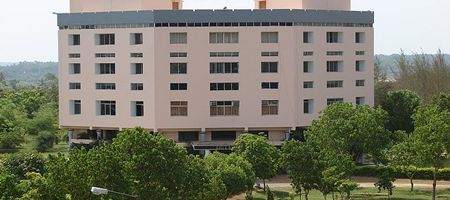NIST physicists have for the first time linked the quantum properties of two separated ions by manipulating them with microwaves instead of the usual laser beams.

The development could mean that the usual room-sized quantum computing ‘laser park’ could be replaced with miniaturized, commercial microwave technology similar to that used in smart phones.
Microwaves have been used in the past to manipulate single ions. But positioning microwaves sources close enough to the ions allows entanglement – a quantum phenomenon expected to be crucial for transporting information and correcting errors in quantum computers.
The team integrated wiring for microwave sources directly on a chip-sized ion trap, and used a table of lasers, mirrors, and lenses that is only about one-tenth of the size previously required.
“It’s conceivable a modest-sized quantum computer could eventually look like a smart phone combined with a laser pointer-like device, while sophisticated machines might have an overall footprint comparable to a regular desktop PC,” says NIST physicist Dietrich Leibfriedr.
“These components are well developed for a mass market to support innovation and reduce costs. The prospect excites us.”
Quantum computers would harness the unusual rules of quantum physics to solve certain problems—such as breaking today’s most widely used data encryption codes—that are currently intractable even with supercomputers. A nearer-term goal is to design quantum simulations of important scientific problems, to explore quantum mysteries such as high-temperature superconductivity, the disappearance of electrical resistance in certain materials when sufficiently chilled.
The use of microwaves reduces errors – but the technique needs to be improved to enable practical quantum computations or simulations. The NIST researchers achieved entanglement 76 percent of the time, well above the minimum threshold of 50 percent defining the onset of quantum properties, but not yet competitive with the best laser-controlled operations at 99.3 percent.






